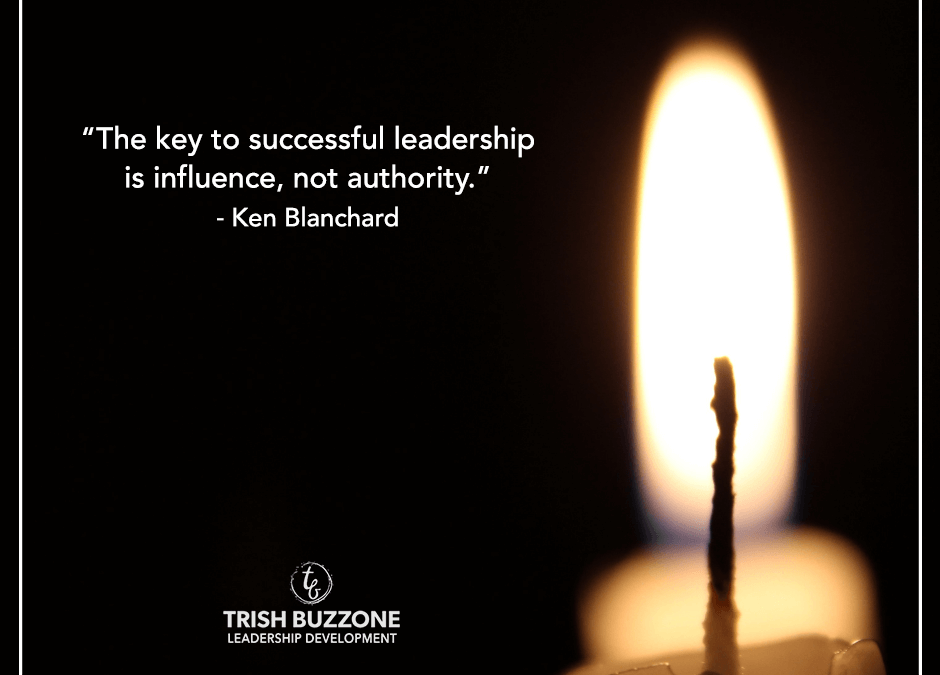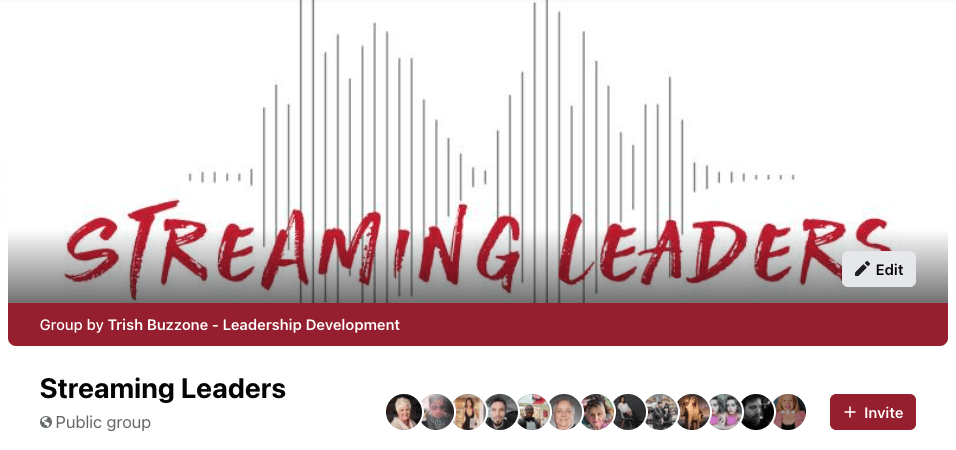In the modern classic Disney film, Remember the Titans, one of the most pivotal scenes involves two talented, influential rivals coming to loggerheads over who is responsible for spreading toxicity on their team.
When team captain Gerry Bertier confronts star player Julius Campbell, Gerry leads with what he perceives as the problem, Julius’ selfish lack of effort. Julius responds by shifting the blame, “I’m supposed to wear myself out for the team? What team? Nobody plays! I’m going to look out for myself…”
Campbell identifies a key factor undermining the health of the team. Unfortunately, Gerry has already made up his mind that Julius is the problem, so he’s not really listening. Gerry’s response is trite and dismissive, “See man, that’s the worst attitude I ever heard.”
Julius fires back, “Attitude reflects leadership, captain.”
The scene plays as a wake-up call for Bertier, however the underlying lesson is the moral lynchpin for the entire film: No matter who they are or where they are, everyone is responsible for how they invest their influence.
Gerry, as team captain, is recognized as a positional leader, yet Julius has at least as much influence as Gerry. Through the course of the film, both young men come to accept their individual responsibility, letting go of assumptions, learning to listen and to seek understanding as fundamental steps in becoming effective influencers. As these two leaders form a mutual respect and friendship, their positive, proactive influence becomes a key factor in the Titans’ success on and off the field.
Remember the Titans is a good reminder that leadership is all about influence, and that influence lives and works through multiple, interdependent streams in our local communities and in the world. The movie, as well as the true story it’s based on, explores how leadership in one stream of influence — Sports — is connected to and works in concert with the other seven streams: Arts, Business, Education, Faith & Family, Government, Healthcare, and Media.
As Gerry and Julius lead from where they are, their influence sparks growth in their entire community. Their leader shift creates a ripple effect touching all the streams of influence in their community: challenging schools and governments to shift, motivating their coaches, inspiring their neighbors, their classmates, and their local faith communities to rally together. At the hospital, after Gerry is injured, Julius comes to see him. A nurse tries to make him leave, saying only family is allowed. Gerry intervenes. Despite their obvious differences and their previous conflicts, he sees Julius as his brother, and Gerry expects others to embrace this vision. That moment is a snapshot of the cultural, emotional, and transformational shift happening in the entire town.
It takes all of these diverse streams of influence coming together, challenging, supporting, and encouraging each other, to make any community strong and healthy. When we are intentional about adding value to people in the stream of influence that resonates most with our vision and values, that transfer of positive energy makes everyone around us better.
And, while each of us has a primary stream of influence in which we’re most comfortable, we do not have to wait to be in the “right place” with the “right title” to be an effective influencer. When we choose to add value to people right where we are, other leaders in our sphere of influence are drawn to that energy, motivated by it, and that community is made better because of it. That dynamic transfer of energy, motivation, and influence is how and why everything rises and falls on leadership.
A version of this article was originally published in the October 2020 issue of Sandpoint Living Local / Coeur d’Alene Living Local.
Onboarding: Questions to help you Build the Best Team Possible
Most people accept that it’s more expensive to continue to hire and train new people than to find the best people in the first place, and then coach them up. However, it is extremely expensive – for your bottom line and your team’s emotional health – to keep the wrong people in key positions on your team…
Is Your Team A Safe Place to Succeed?
Recently, I re-watched a TED Talk by Simon Sinek titled, “Why Good Leaders Make You Feel Safe.” In it, Sinek discusses different approaches to leadership, as well as the consequences, for the team and the leader, of these approaches. Sinek opens the talk...
Why Our Visions Need Room to Grow
When I’m working with leaders stuck in a rut and struggling to meet their goals, there are often a few common factors holding them back. One of the most common is a misunderstanding of what visions are and what they are supposed to do. Here’s an example of...
When personal growth is not enough
When you break it all down past all the advice and clichés and truisms, effective leadership is really about one fundamental action: Inspiring others inside a growing vision. When we invest our energy and talent in this, and we allow our choices to be...
Personal Growth Planning: A lesson from Shark Tank
In our last blog, we answered a question about the importance of having a Personal Growth Plan. A common follow up question I’ve encountered is “Can you still be successful if you don’t have a plan?”In a word: Yes.While it’s possible to be successful...
Hey Trish, what’s the point of a personal growth plan?
Today, I’m reaching into my mailbag and replying to a question I received recently. Ed in Tampa asked:“Hey Trish, this might sound like an obvious question, but you talk a lot about personal growth plans. What is that, and why do I need one?” Thanks for...









0 Comments